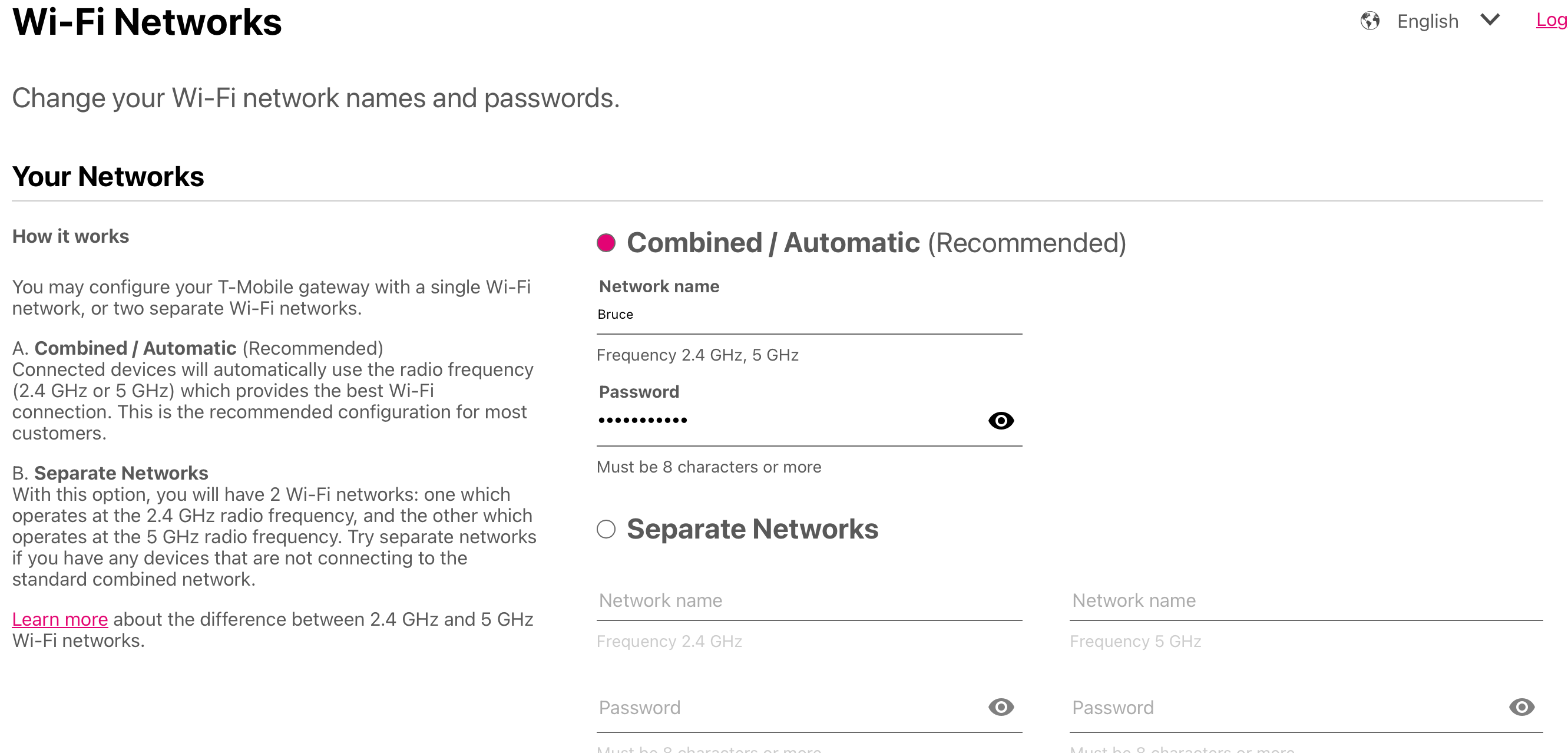So far so good. T-Mobile replaced my Nokia trashcan (rightfully nicknamed) without question. I needed to restart my trashcan 57 times in 149 days for an average of once every 2-3/4 days. Although possible, it would be hard to believe that the Arc Gateway could be worse.
Arc Gateway Pros:
Easy setup once I swapped out the sim it came with for my sim from my Nokia trashcan. Sadly, support did not know that this is why I had no internet. I had to suggest the swap. The GUI is much simpler than the trash can. There are only two SSID settings. First is automatic sending out a combination of 2.4 GHz and 5 GHz signals. The second setting allows you to separate those signals, and those are the only options. This is significantly less than the trash can, but as far as I am concerned, it's no more than 99% of the users need. The Arc device is a bit smaller than the trashcan. Signal strength is better, internet speed is a bit slower.

Arc Gateway Cons:
Heat generation is about the same. Not bad, but given the technology of chips today, heat should not even be a factor. There's no reset button, just a buried factory reset. OK, if the device works correctly, then there is no need for resetting. No guest network option.
Tech Support:
Tech support is horrible. I call, they say "don't worry, I'm an expert and I will get this fixed for you." I have yet to be impressed. I think they like hearing themselves talk. I tell them the problem, they repeat it back to me twice, and yet they still don't understand what the problem is. Yesterday when setting up the Arc Gateway I asked if the firmware version that was shown in the web interface was the current version. I was told it was. Last night the firmware was updated on my device. I could go on and on about things they should know but they don't Anyone who has contacted support knows what I am talking about.





